Jyotirling Story

Mythical folk tales and famous fairy tales help children develop imagination, emotional intelligence, reading and writing and other life skills. Key takeaways:
Knowledge About Indian Mythology
- Information About Indian History
Connection between Shiva and Jyotirlingas
Jyotirling, or Jyotirlingam, is a prayer representation of the Hindu God Shiva. The word is a combination of the Sanskrit words jyotis meaning "radiation", and linga. Shiva Maha Purana (also Shiva Purana) mentions 64 original Jyotirlinga temples in India, of which 12 are the holiest and called Maha Jyotirlinga (Great Jyotirlinga).
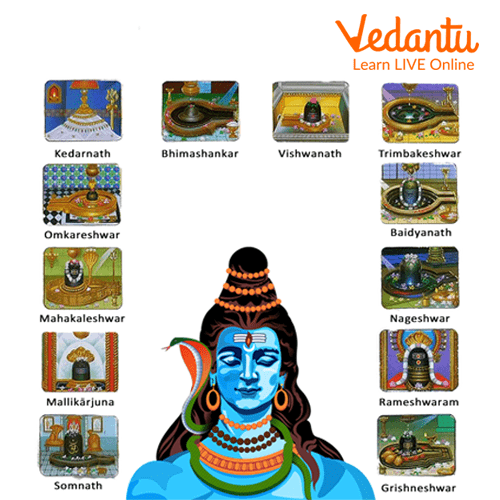
Shiva and Jyotirling
History
Sage Gautama and his beautiful wife Ahilya lived in an ashram. The wives of other wise men hated Ahilya. They asked her husband to persuade Gautama and Ahilya to leave the ashram. The saints performed Tapasya to please Ganesha. When he appeared, they asked him to help bring Gautama out. Ganesha turned into a cow and began to graze in Gautama's field. Gautama beat the cow with a small stick. But a light blow to him kills him.
All saints called Gautama a sinner. They asked him to leave the ashram. Unfortunately, he left with his wife. He prayed to Lord Shiva for forgiveness. Shiva appeared before him, and he told him the reality. At first, Gautama wanted to punish the sages for their misdeeds, but because of them, he could see Shiva, and he forgave them. He asked Shiva to stay there forever. Shiva agreed and became Trayambakeshwar Jyotirling.
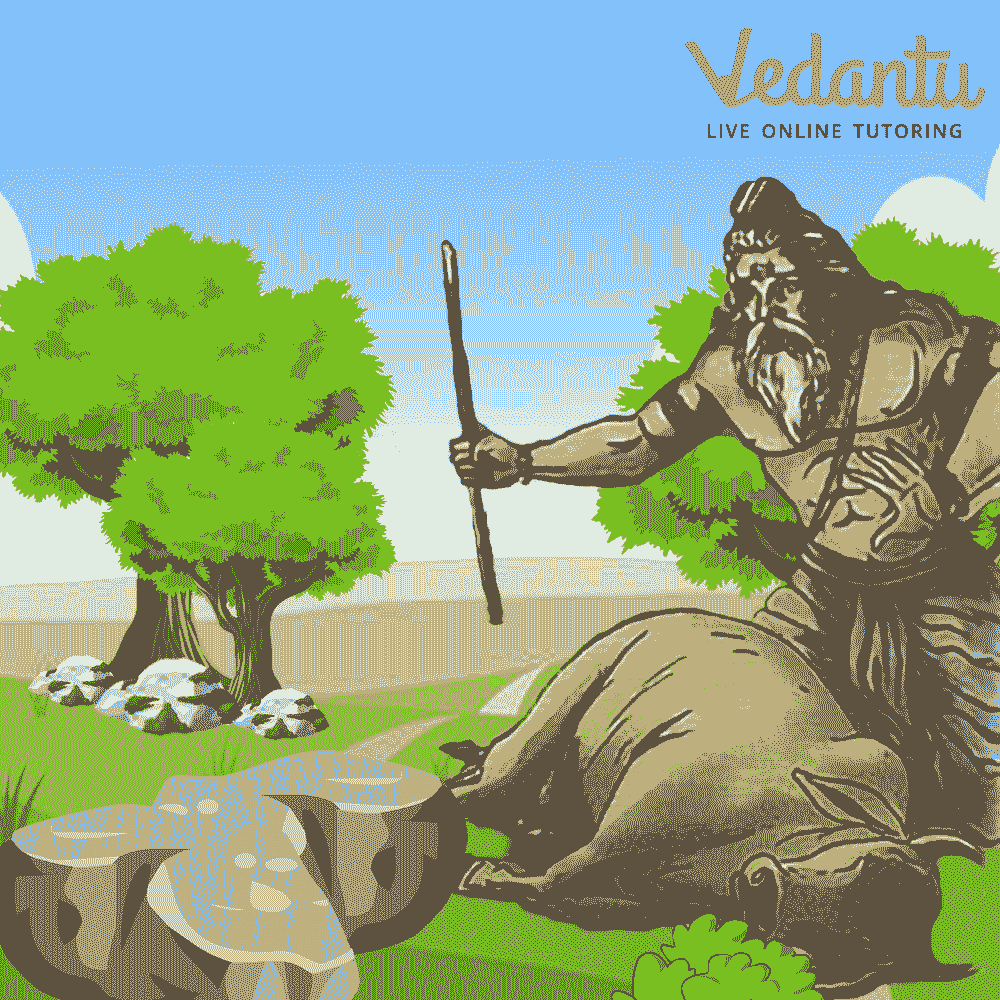
Gautam and the Cow
About Jyotirlingas
Jyotirlingas has an important place in the ancient scriptures and Vedic Puranas. One of the most important legends about the origin of Jyotirlinga includes Lord Shiva, Lord Vishnu and Lord Brahma. Once there was a bitter conversation between the superior Brahma and Vishnu. In the midst of this dispute, the mighty Shiva appeared as a huge pillar of light. Lord Shiva asked Vishnu and Brahma to obtain the two ends of this light.
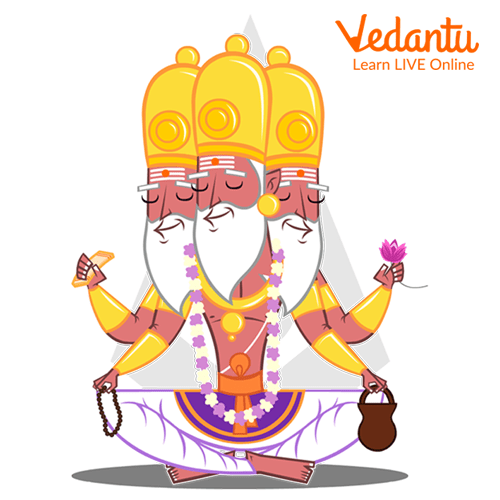
Lord Brahma
Lord Vishnu and Lord Brahma ascended and descended, respectively. Brahma lied about finding the pinnacle of light, but Vishnu accepted his defeat. Angered by the deeds of Lord Brahma, the mighty Shiva cursed him so that he would not worship Brahma while praising Vishnu's gestures, even after he became the creator of the planet. The flame that is the origin of Shiva, the light-flooded place, is worshipped as Jyotirlinga.
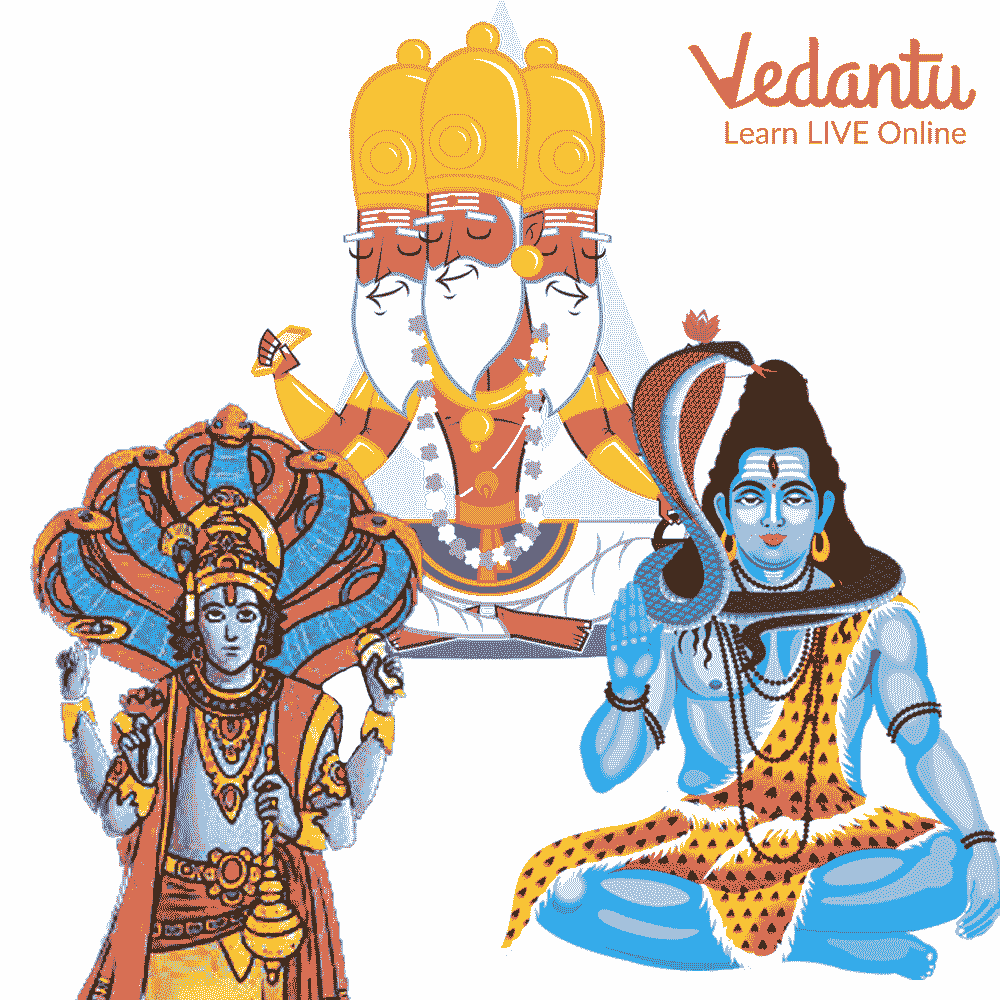
Shiva, Brahma and Vishnu
12 Prominent Jyotirlinga
Jyotirlinga is the main residence of the mighty Shiva. India has 12 most revered jyotirlingas, including the following major locations:
Somnath - Gir, Gujarath
Mallikarjuna - Srisailam, Andhra Pradesh
Mahakaleshwar - Ujjain, Madhya Pradesh
Omkareshwar - Khandwa, Madhya Pradesh
Kedarnath - Rudraprayag, Uttarakhand
Bhimashankar - Vartare,si, Urasht Pradesh
Trimbakeshwar – Nashik, Maharashtra
Baidyanath – Deoghar, Jharkhand
Nageshwar – Dwarka, Gujarat
Ramanathaswamy – Rameswaram, Tamil Nadu
Grishneshwar – Aurangabad, Maharashtra
These places are the 12 major Jyotirlingas in Shiva Purana. They are called Maha Jyotirlinga or Great Jyotirlinga.
Scientific Significance of Jyotirlinga
Jyotirlinga represents Lord Shiva. Lord Shiva is believed to have appeared as Jyotirlinga. Somnath, Gujarat; Malikarjuna, Srisailam, Andhra Pradesh; Mahakareshwar, Ujjain, Madhya Pradesh; Omkareshwar, Madhya Pradesh; There are 12 Jyotirlingas of Vaidyanath Temple, Triambekeshwar, Maharashtra. Deoghar, Deoghar District, Jharkhand; Aundha Nagnath, Aunda, Hingori, Maharashtra; Rameshwar, Rameshwaram, Tamil Nadu; Grishneshwar, Ellora near Aurangabad, Maharashtra.
They are at specific points of geographical and astronomical importance. These points are affected by certain forces present. Long ago, people with a certain level of perception arranged these spaces very carefully, fixing these points according to the movements of the celestial bodies. That is why Jyotirlinga is at these particular points.
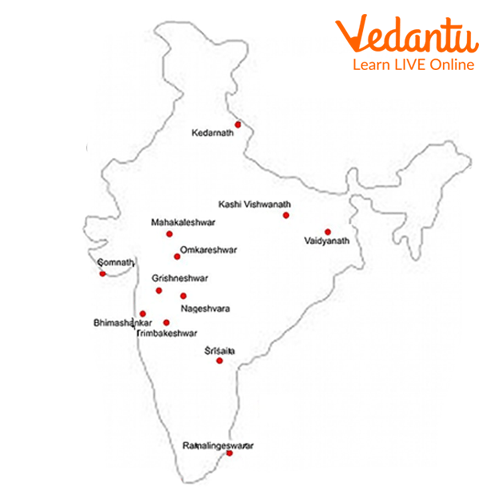
All 7 jyotirlinga Images
Jyotirlinga possesses tremendous power as it was consecrated and created specifically utilising human abilities and forces of nature. These temples were consecrated according to the science of energising forms. This is the science of harnessing life energy to improve human life in often surprising ways.
Turning mud into food is what we call agriculture. When we turn food into meat and bones, we call it digestion. The process of turning meat into the mud is called cremation. When you make that flesh, stone, or even space a divine potential, it is called consecration. Unfortunately, we have lost the sense of what sanctification is.
Treyanbakeshwar Jyotirlinga
Jyotirlinga is the sacred place of Lord Shiva. Lord Shiva himself is believed to have visited these places and thus holds a special place in the hearts of devotees. There are 12 in India.
Jyotirlinga means "Sun Pillar or Sun Pillar". The 'Stamba' symbol represents no beginning and no end.
When Lord Brahma and Lord Vishnu were arguing over the Supreme God, Lord Shiva appeared as a pillar of the sun and challenged all to find the end.No one could roll the hay. The place where these pillars of light fell is believed to be where Jyotirlinga is located.
Trimbakeshwar Jyotirlinga is only one of the 12 His Jyotirlingas of India and honors not only Lord Shiva but also his two other deities of the Holy Trinity namely Lord Vishnu and Lord Brahma.
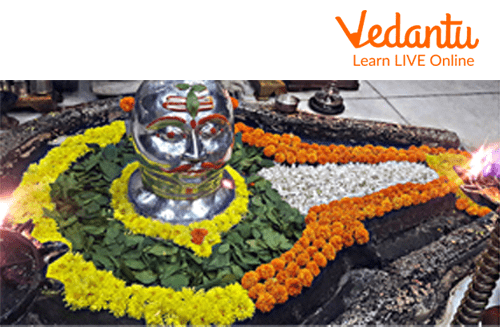
Trimbakeshwar Jyotirlinga
Tips for Parents
Needless to mention, short stories are an impressive tool through which young kids can learn morality and ethics. Mahabharatha, Ramayana and other mythological tales also help young children develop survival skills.
Conclusion
In this article, we have studied that jyotirlinga is the part of Lord Shiva, which is established in different places in India. We have also covered the history behind the jyotirlinga and how Lord Brahma cursed lord shiva. Later because of that, the jyotirlinga was established. We have also studied about 12 different jyotirlingas.


FAQs on Jyotirling Story
1. Where is Trimbakeshwar Jyotirlinga located?
Shiva Temple Trimbakeshwar is located in Trimbak, about 28 km from Nashik, Maharashtra, India. The Godavari River rises near Trimbak. Around this temple are his three hills: Brahmagiri, Nilagiri and Karagiri.
2. Who established Jyotirlinga?
Jyotilinga was founded by Lord Shiva, also known as Bhagwam Shankar.
3. How many Jyotirlingas are there?
There are a total of 12 Jyotirlingas in India.
Mythical folk tales and famous fairy tales help children develop imagination, emotional intelligence, reading and writing and other life skills. Key takeaways:
Knowledge About Indian Mythology
- Information About Indian History




